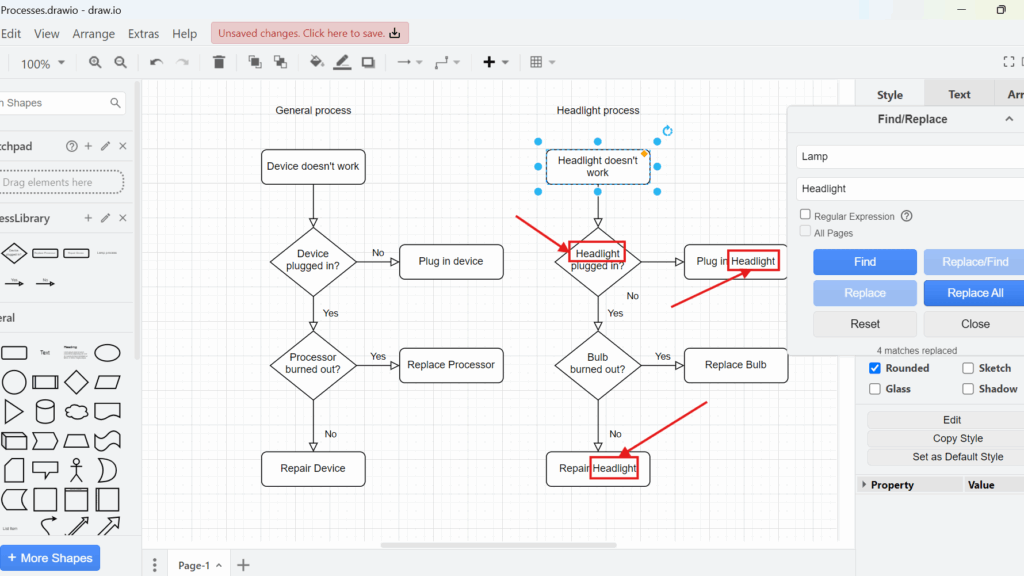Waterfall vs. Agile Testing: Which One Fits Your Project Best?
Choosing the right testing strategy can define a project’s success. I’ve seen both sides — times when everything follows a clear sequence and others when adaptability is key. That’s where the waterfall vs agile testing debate truly matters. In this article, I’ll compare both approaches, explain how they work, and show when to use each for maximum impact. Understanding their strengths and trade-offs helps ensure your testing process stays efficient, flexible, and aligned with project goals.
Waterfall vs. Agile Testing: Which One Fits Your Project Best? Read More »














